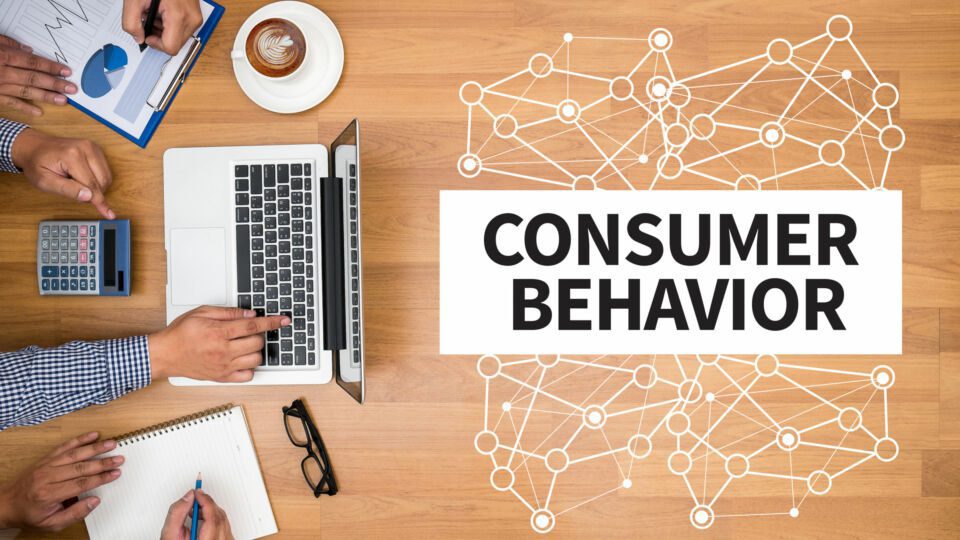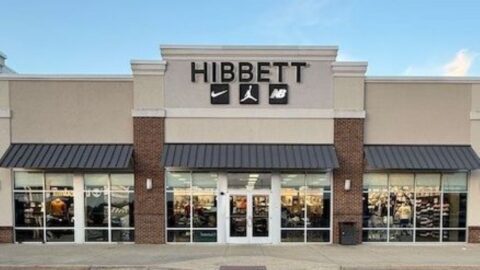As the U.S. slowly emerges from the pandemic’s harshest effects, retailers are looking for early insight into post-COVID-19 consumer behaviors. But they are working against the clock: as vaccination numbers shift daily, impacting variations in out-of-home behavior
Fortunately, there are some promising signs, according to a recent report from KPMG based on a poll of 1,000 consumers across the U.S. in March 2021. The survey — designed to learn about the continuing economic impact of COVID-19, consumer sentiment reservations around economic recovery, implications of work from home and vaccine impact on travel — revealed that consumers are increasing spending across nearly all retail categories, but also are feeling residual uncertainty regarding a full U.S. economic recovery.
Consumer Spending Looks Promising — at Least for the Short Term
After reporting pronounced dips in discretionary spending in both April 2020 and September 2020, consumers indicated increases across both essential and discretionary categories. In nine discretionary segments, consumers reported increases ranging from 6% to 16%. The survey reveals a return to spending in areas like entertainment and media, and restaurants (for the first time since April 2020), up 12% and 15% respectively compared to pre-COVID levels. Additionally, personal care is up 16% and apparel up 14%, suggesting increased social activity and events. In two essential categories, prescription medicines and groceries, reported increases were 13% and 25% respectively.
However, long-term spending expectations differ. More than one-quarter (27%) said they expected their own spending to return to pre-COVID-19 levels “within six months,” down from 37% a year ago. At that time, however, few could have forecast that the pandemic’s effects would last as long as they have. Today, with the benefit of hindsight in terms of COVID-19’s staying power, 7% said it would take “more than two years” for them to return to pre-pandemic personal spending levels, up from 3% a year ago. Another 12% do not believe their household income will ever return to pre-COVID-19 levels, a number that has held fairly steady during the past year.
Consumer confidence measures are reflecting divergent views on public and personal outlooks:
- On the positive side, while 38% of survey respondents reported a negative impact on household income, that is down from the 44% affected in April 2020. The average reduction of household income among those affected was also 38%;
- However, the percentage of respondents who believe the U.S. will return to pre-COVID-19 economic levels “within six months” has declined during the past year from 17% to 14%; and
- The number who believe full recovery will take “two or more years” has increased during the same period, from 17% to 27% percent. The percentage who said “uncertain” stayed about the same: 13% in April 2021 vs. 14% in April 2020.
Work From Home Appears Here to Stay, While Relocations Appear Temporary
If consumers have their say, the work-from-home revolution is here to stay. That spells enormous impacts on retail, restaurants and other service industry businesses surrounding commercial districts.
If consumers are given the choice, personal preferences will determine their work-from-home decisions after COVID-19 is under control: • 28% of respondents cited saving on commute times, while 24% named “more comfortable working conditions at home” and “improved work/life balance” as their major motivators.
In contrast, a large number of consumers said their employers would drive the return to office work: 41% said “employer expectations” will drive on-site work arrangements.
Additionally, the percentage of respondents who were eating out has fallen during COVID-19:
- Currently, 56% of respondents indicated they had purchased dinner outside of the home, compared with 62% a year ago;
- For lunch, the comparable drop is to 62% from 70%;
- For breakfast, coffee or tea, the decline is 67% from 75% a year ago.
People are increasingly staying home from places where they could work off that food: the percentage of consumers reporting trips to gyms and fitness centers declined to 25% from 32% a year ago.
While work-from-home models appear here to stay, relocations associated with COVID-19 seem to be temporary. Almost one-fifth (18%) of respondents said they moved during the past year, and 84% of those who moved cited COVID-19 as at least a partial cause. Among those consumers who have moved, 53% said their move was temporary, and that they’ll shift back when COVID-19 is under control.
Among those consumers who said they have relocated, the largest number reported moving within or near their city or metro area, based on zip code indications. ”I moved in with family or friends” was the most-cited living arrangement (named by 44%), followed by “renting an apartment” (25%) and “renting a house” (14%). Just 10% reported what many would take as evidence of a more permanent relocation decision: “I purchased a new home.”
Vaccines and Demographics Influence Social Activity and Travel Plans for Spring
In general, the survey found that the younger the age group, the bigger the impact vaccination status had on their intention to travel. For Gen Z, 43% with no shot planned to travel during the spring, and 71% with at least one shot planned to travel. For millennials, 30% with no shot planned to travel; while 64% with at least one shot planned a spring trip. Older cohorts showed a more measured response: 24% of Gen X respondents with no vaccinations planned to travel, while 43% with at least one shot planned a day or overnight trip. For boomers, vaccination did not impact travel much: 23% of unvaccinated consumers in this group plan to travel, while 25% with at least one shot planned to do so.
As the rate of vaccinations increase and personal safety concerns recede, consumers are making tentative plans to socialize, either in small (<10 people) or large (>10 people) gatherings. Asked about their plans for Memorial Day, the survey respondents indicated:
- 28% of Gen Z respondents with no shot said they were planning to host or attend either a small or large social event; 54% with at least one shot made similar social plans.
- For millennials, 18% with no shot planned to socialize; 45% with at least one shot planned to do so.
- 10% of Gen X respondents with no vaccinations planned to host or attend a social gathering, compared with 15% for those with at least one shot.
- Boomers were the most conservative: just 11% of those with no shot planned to socialize, versus 12% of those with at least one shot.
To view the entire KPMG report, click here.













